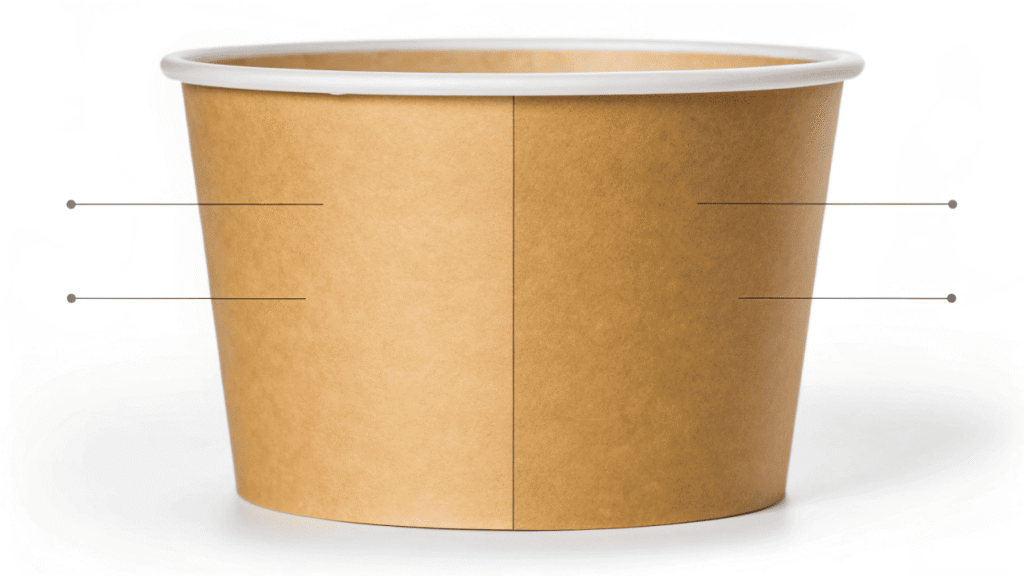Serving soup in a plain, generic cup does nothing for your brand. It can leak or get cold, making your high-quality soup seem cheap and disappointing your customers.
To create the perfect custom soup cup, focus on four key areas. Choose a double-wall structure for heat retention, demand a vented lid for a leak-proof seal, use offset printing for branding, and partner with a supplier whose MOQ you can meet.
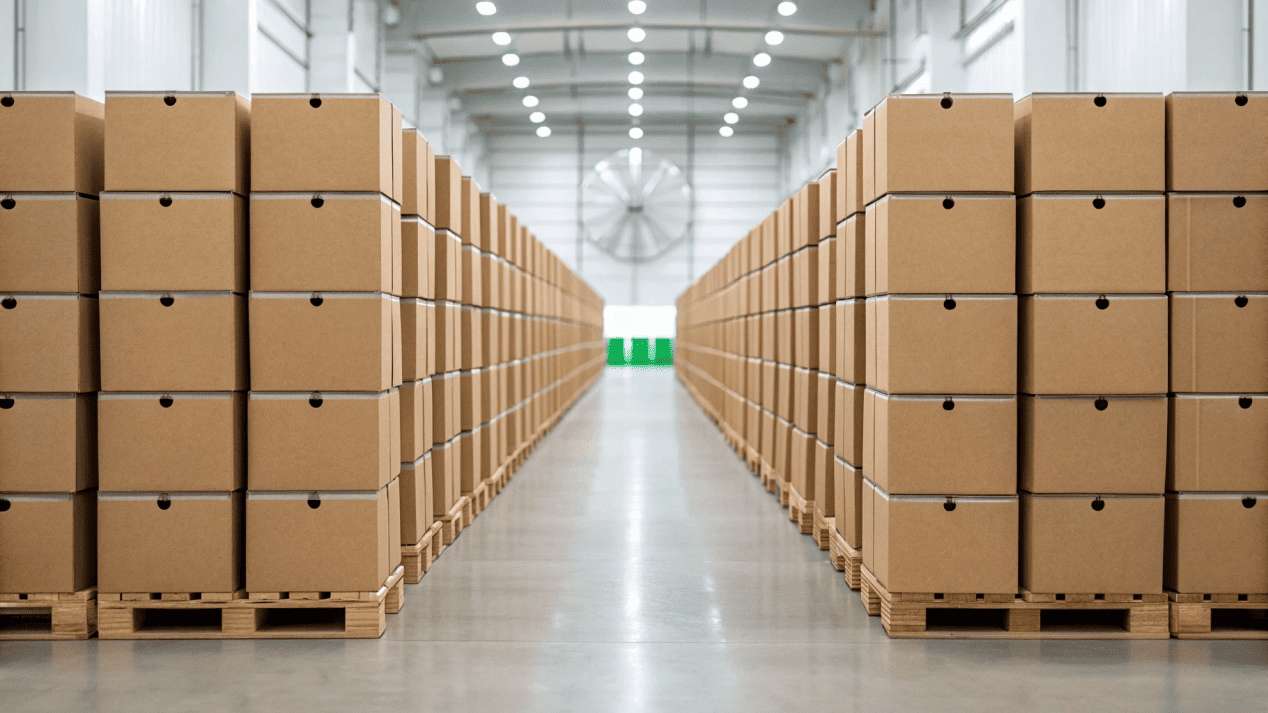
I once had a client, a small but amazing deli, who was using plain white cups. Their soup was incredible, but the packaging just didn't match. Customers would post pictures of their sandwiches, but never the soup. We worked together to create a custom double-wall cup with their logo. The difference was immediate. It felt premium, kept the soup hot, and suddenly their soup cups were all over social media. It wasn't just a container anymore; it was a walking advertisement. This is the power of getting your custom cup right.
How Do You Keep Your Soup Hot in a Paper Cup?
Your delicious, hot soup arrives cold. This is a customer complaint waiting to happen, and it reflects poorly on your brand's commitment to quality.
Choose double-wall cups for the best heat retention. An insulating air pocket between two layers of paper keeps soup hotter for much longer while the outside stays cool to hold.
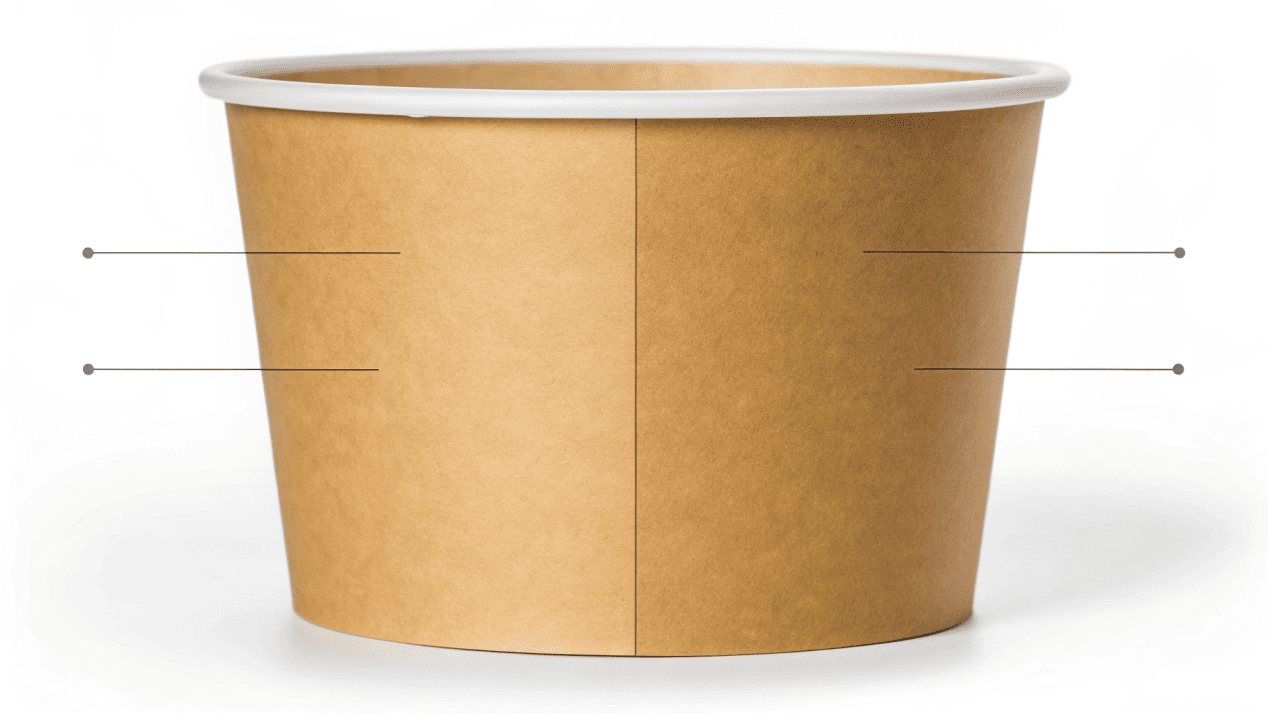
Keeping soup hot for takeout and delivery is a must. The cup's structure is the key. There are two main types. A single-wall cup is made from one layer of heavy paperboard. It's a cost-effective choice, but it offers very little insulation and can get too hot to hold comfortably. I usually recommend these for places where customers eat the soup right away. The better choice is a double-wall cup. This is my top recommendation for any business that does takeout or delivery. It has two layers of paper separated by an air pocket. This design is fantastic at slowing down heat transfer. It keeps the soup hot, and the outside of the cup stays cool enough to hold without a sleeve. For my clients, the improved customer experience is always worth the small extra investment. It protects your quality and brand image.
What Makes a Soup Cup Lid Truly Leak-Proof?
A customer picks up their delivery bag, only to find it's wet with spilled soup. A leaky lid is a brand disaster, creating messes and guaranteeing a negative review.
A truly leak-proof seal is a system. It requires a perfectly uniform rolled cup rim combined with a vented lid that allows steam pressure to escape, preventing catastrophic lid-pop.
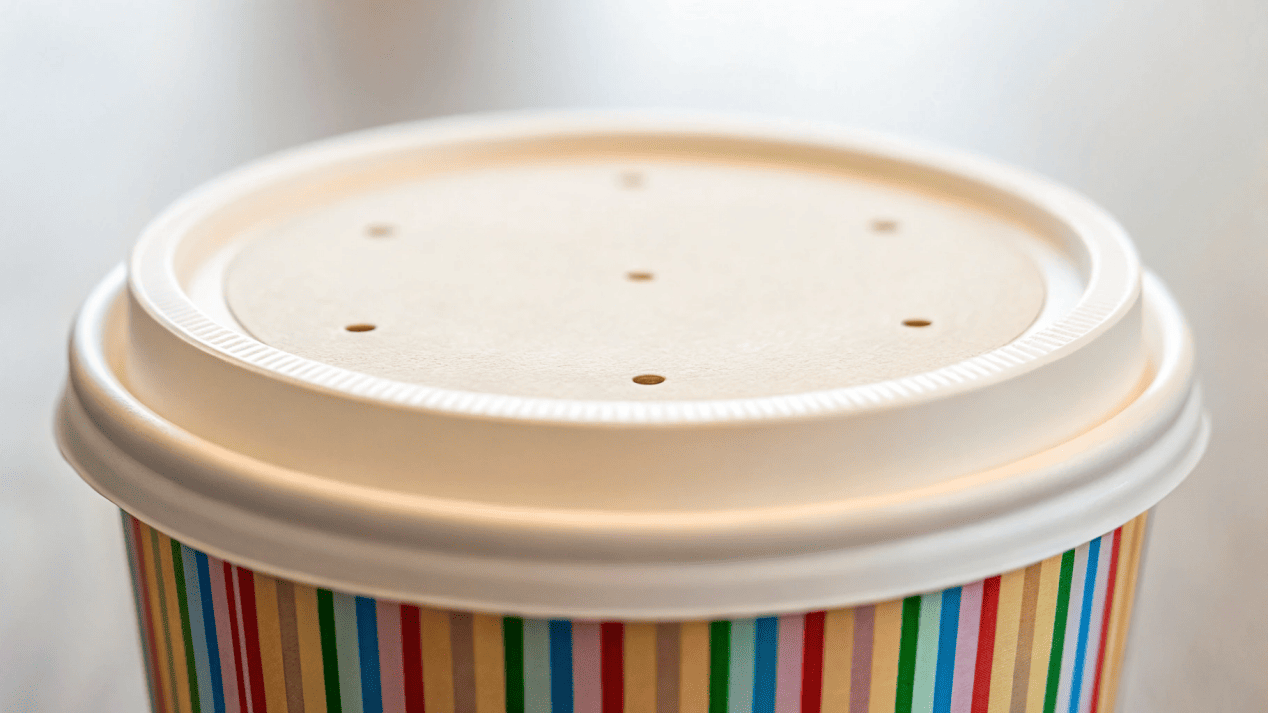
I always tell my clients that a secure lid is not just a feature; it's a complete system. The cup and lid must be designed and made together to work perfectly. It starts with the cup itself. The rim at the top must be rolled tightly and be perfectly uniform all the way around. Any small imperfection can create a gap where soup can leak out. The second, and equally important, part is the lid. Hot soup releases a lot of steam. If that steam has nowhere to go, pressure builds up inside the cup, and eventually, the lid will pop right off. This is why a proper soup lid must be vented. Our vented lids have small, carefully placed holes that let steam escape safely. This keeps the seal secure and prevents messy spills during delivery. As a manufacturer, we guarantee our cups and lids fit together perfectly every time.
How Do You Get Amazing Graphics on Your Custom Cups?
You have a great logo, but you're not sure how to get it onto a cup without it looking blurry or cheap. Poor print quality can make your whole brand look unprofessional.
For the best quality, use offset printing. This method produces sharp, vibrant images and precise brand color matching, making it the gold standard for high-volume custom cup orders.
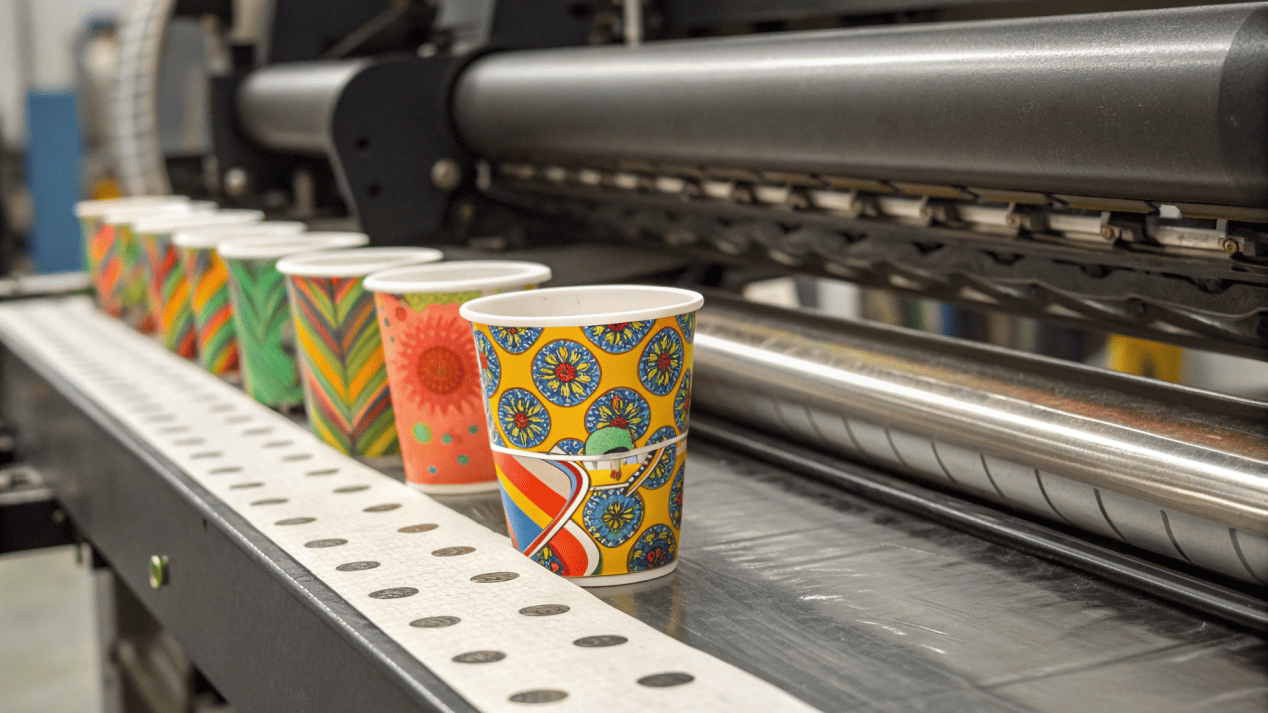
Your cup is a blank canvas and a powerful marketing tool. To get the best results, you need to understand the printing options. For the high-quality, professional look that most brands want, I almost always recommend offset printing. This method uses printing plates to transfer ink, and the results are incredibly sharp and precise. It's perfect for matching your exact brand colors, whether you use CMYK or specific Pantone colors. We use world-class Heidelberg offset printing machines in my factory to ensure the best possible quality. While there is an initial cost to create the printing plates, this cost gets spread out over the entire order. So, for larger orders, it becomes the most cost-effective way to get a premium look. For simpler designs, there is also flexo printing, but for vibrant graphics, offset is the clear winner. I even offer free design help to make sure my clients' artwork is perfect for printing.
What Is a Supplier MOQ and Why Does It Matter?
You're a growing business and want custom cups, but suppliers demand you order 50,000 at once. This high Minimum Order Quantity (MOQ) feels impossible for your budget and storage space.
MOQ is the minimum number of cups a factory requires to run a custom order. This is because of the high setup costs. Find a manufacturer with a flexible MOQ that fits your business.
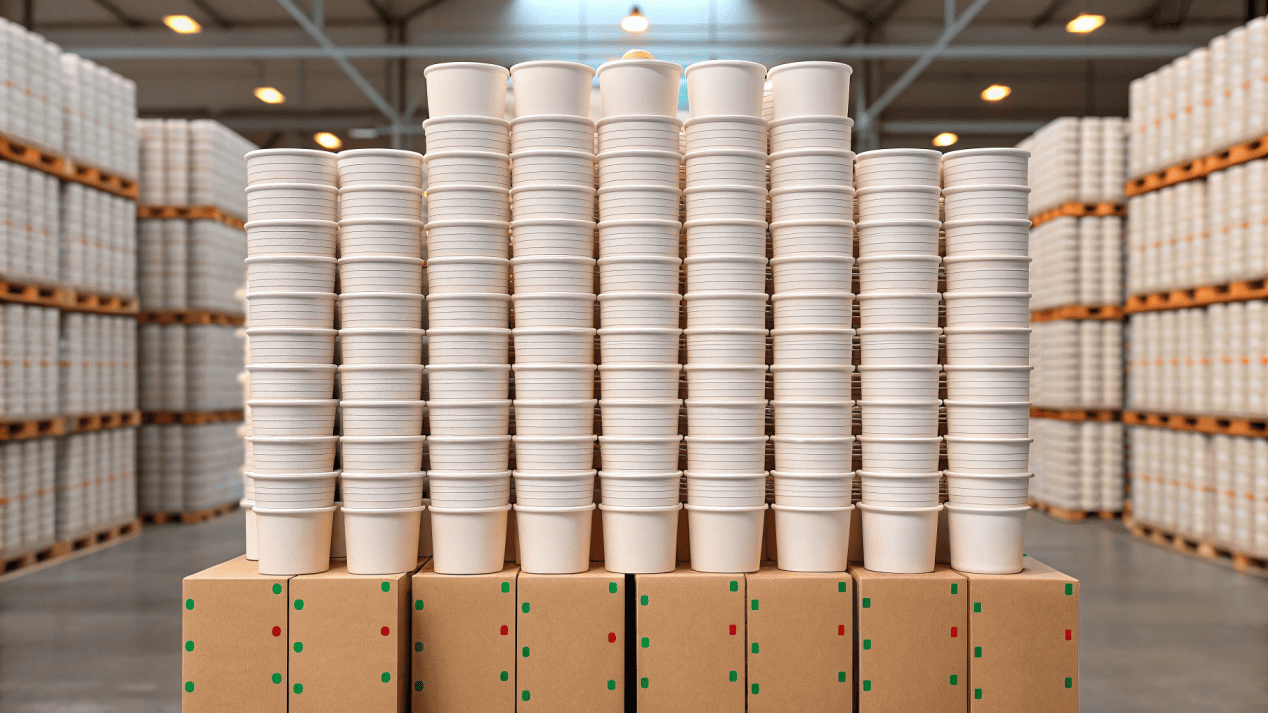
MOQ, or Minimum Order Quantity, is a big deal for many businesses I work with. I want to be open about why it exists. Every time we do a custom print job, we have to go through a big setup process. We create new printing plates for the design and calibrate the large printing machines. These are fixed costs. If we only printed a very small batch, say 1,000 cups, the cost per cup would be incredibly expensive. So, we set an MOQ to make the custom order affordable for both you and for us at the factory. In this industry, you will see MOQs for custom printed cups starting anywhere from 10,000 to 50,000. I know that can be a lot for a growing business. That's why I've worked to optimize my process to offer a more accessible MOQ, which typically starts at 30,000 pieces. This helps more businesses get started with professional branding.
Conclusion
Creating the perfect custom soup cup involves balancing heat retention, sealing, design, and order quantity. Partnering with a good manufacturer makes this process simple, turning your cups into brand assets.
